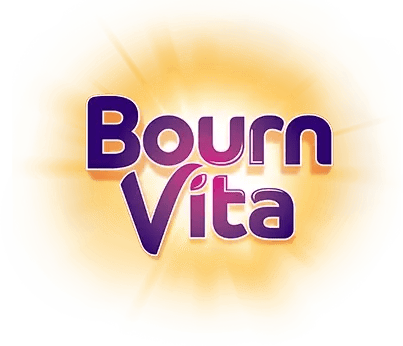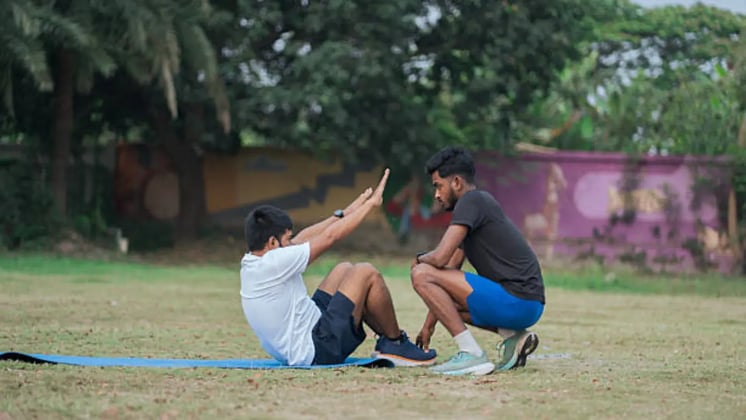- Squats for Lower Body Strength
- Push-Ups for Upper Body Endurance
- Planks for Core Stability
- Lunges for Balance and Flexibility
- Step-Ups Using a Sturdy Platform
- Resistance Band Rows for Back and Arms
- Glute Bridges for Hip and Back Support
Introduction
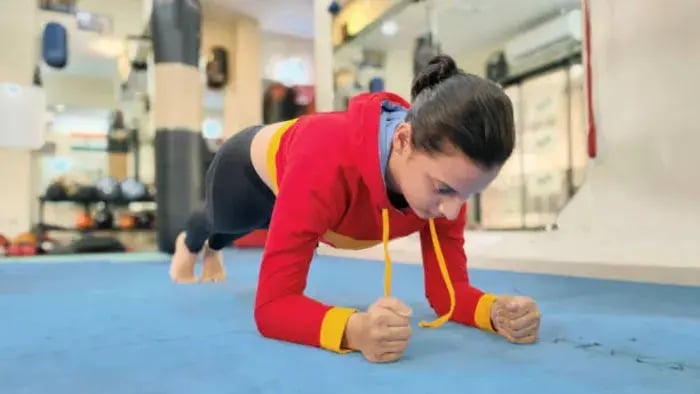
You don’t need heavy gym equipment or professional setups to build strength. For teens and parents, home is the perfect place to start simple routines that improve fitness, energy, and muscle. These exercises are bodyweight and safe movements, effective without being overwhelming.
Home strength training is especially valuable for teenagers who are still growing. It supports bone health, improves posture, and builds confidence within safe limits. For parents, it’s an opportunity to be active with their kids, turn exercise into a habit instead of a chore. Beyond physical health, these routines teach discipline, teamwork, and resilience, skills that help in fitness and in life.
These exercises are a complete package because of their flexibility. You can simply modify each exercise to make it more effective according to the different fitness levels. Both parents and kids do not have to make it a difficult task, with the right approach, home strengthening exercises can make families fitter and healthier.
7 Safe and Effective Strength Training Exercises
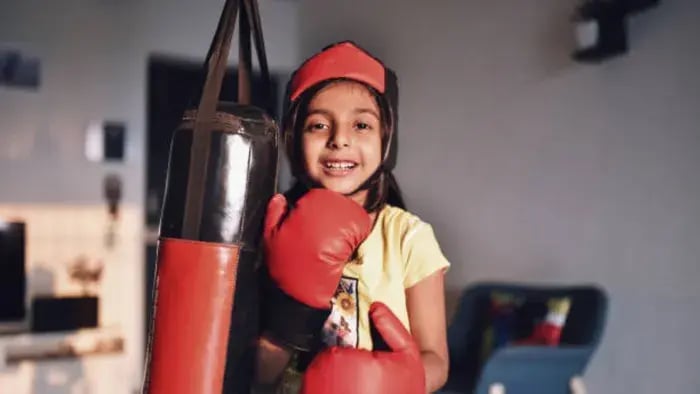
Strength training can be an excellent way for teens and parents to build stronger bodies without stepping into a gym. The focus is on using bodyweight or simple household items to develop balance, endurance, and core strength. Done safely, these exercises help teens grow with better posture and resilience while giving parents a routine that supports energy and muscle health.
Squats for Lower Body Strength
Squats are simple yet powerful exercises that strengthen the legs, hips, and core. According to a study published in Int J Exerc Sci 2024, teens improve posture and bone health during growth years. Parents benefit from better joint flexibility and endurance. Starting with bodyweight squats is safe, and adding light weights later can make the routine more challenging without being risky.
Push-Ups for Upper Body Endurance
Push-ups work the arms, chest, and shoulders while also engaging the core. According to the Ministry of Youth Affairs and Sports, teens build upper body strength gradually, while parents improve stability and muscle tone. Beginners can start with wall or knee push-ups before progressing to full push-ups. Regular practice supports confidence and overall strength.
Planks for Core Stability
Planks focus on strengthening the abdominal muscles, back, and shoulders. As per a study published in Front Physiol 2022, they help teens develop strong cores, which are essential for posture and sports. For parents, planks reduce back strain and support better balance. Variations like side planks can add variety and target different muscles while keeping the exercise safe.
Lunges for Balance and Flexibility
A study published in Front Physiol. 2023 highlights that lunges train both legs individually, improving balance and coordination. They help teens build agility for sports while supporting bone strength. Parents benefit from enhanced lower-body endurance and flexibility. Lunges can be done forward, backwards, or side-to-side, making them a versatile option for family workouts.
Step-Ups Using a Sturdy Platform
Step-ups mimic climbing stairs and strengthen the legs, hips, and core. Study published in J Exerc Sci Fit. 2022 shows that teens gain stamina and leg strength, while parents improve joint function and coordination. All you need is a sturdy step or platform at home. The movement is easy to control, safe, and highly effective for building endurance together.
Resistance Band Rows for Back and Arms
Using a resistance band, rows strengthen the back, arms, and shoulders. According to the Ministry of Youth Affairs and Sports, teens build better posture by countering the slouch from sitting at school or using gadgets. Parents benefit from improved upper body strength without putting too much strain on joints. Resistance bands are lightweight, safe, and adjustable for all levels.
Glute Bridges for Hip and Back Support
A study conducted by Int J Sports Phys Ther. 2017, highlights that glute bridges strengthen the hips, lower back, and core muscles. Teens develop a stable base for physical activities, while parents gain relief from back discomfort and better pelvic stability. The exercise can be made more challenging with a resistance band or by holding the position longer, making it flexible for different abilities.
Conclusion
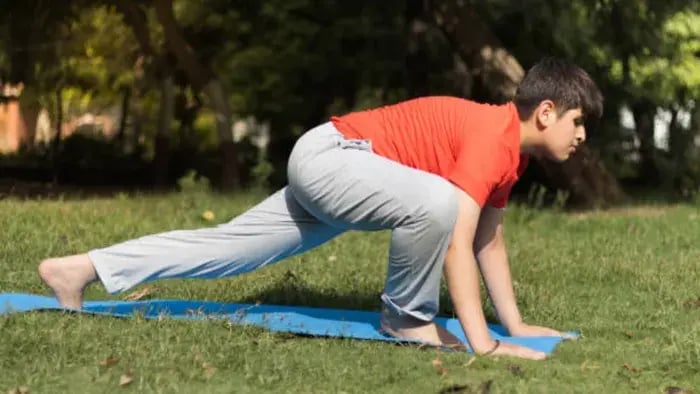
Strength training at home is not about intensity but about building consistency and safe habits. Exercises like squats, push-ups, planks, and glute bridges are simple yet powerful tools for both teens and parents. These routines create shared moments that strengthen family bonds. By starting small and staying regular, you can make strength training a lifelong practice that supports energy, confidence, and overall well-being.
Her love for storytelling began with reading her grandfather’s speeches, where Tarishi saw the power of words in creating lasting memories. Combining her passions for food and writing, she has turned her life into a fulfilling path of sharing stories that celebrate flavours and how food brings communities together.
The views expressed are that of the expert alone.
The information provided in this content is for informational purposes only and should not be considered a substitute for professional medical advice, diagnosis, or treatment. Always seek the advice of your physician or another qualified healthcare provider before making any significant changes to your diet, exercise, or medication routines.
References
https://pmc.ncbi.nlm.nih.gov/articles/PMC5534144/
https://pmc.ncbi.nlm.nih.gov/articles/PMC9663889/
https://pmc.ncbi.nlm.nih.gov/articles/PMC10133687/





